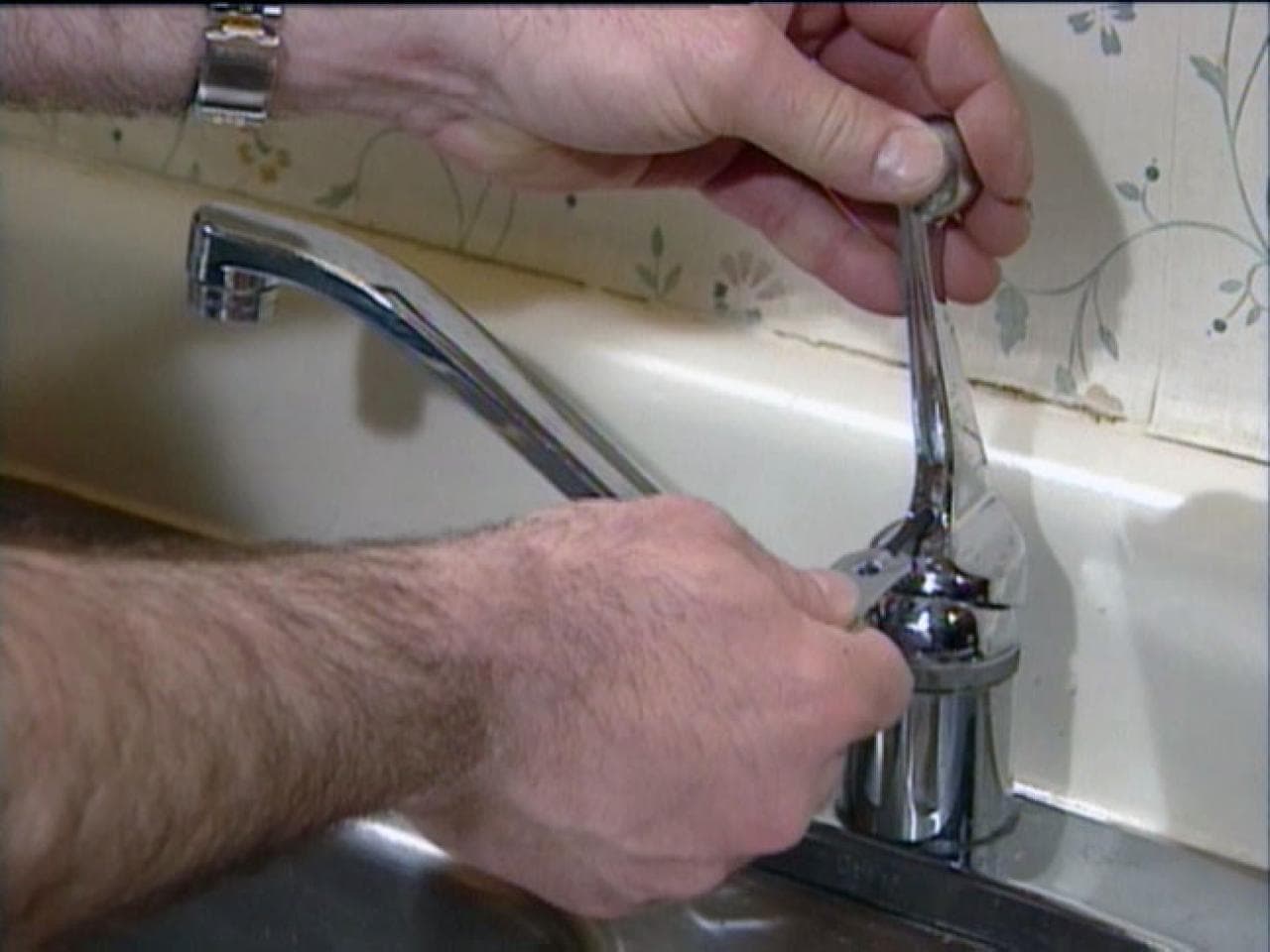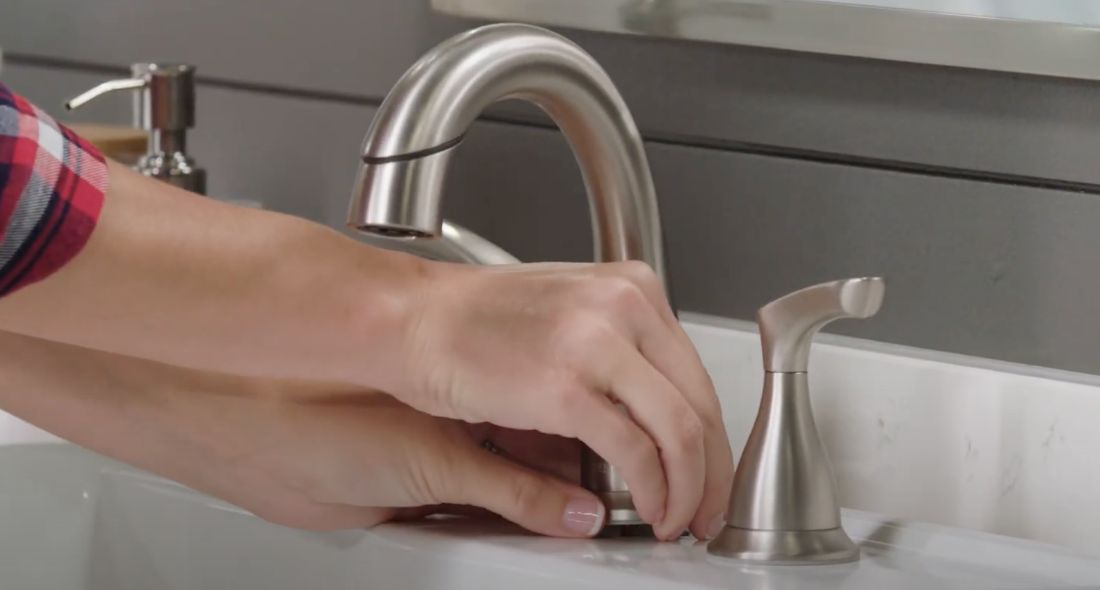How do you feel in regards to What Causes Leaky Faucets & How To Fix Them?

Trickling faucets might seem like a minor inconvenience, yet their influence exceeds simply the aggravation of the noise. From wasting water to sustaining unneeded financial expenses and health threats, disregarding a dripping tap can bring about numerous repercussions. In this article, we'll look into why it's vital to address this usual home concern quickly and properly.
Waste of Water
Ecological Impact
Trickling faucets contribute significantly to water waste. According to the Epa (EPA), a single faucet leaking at one drip per secondly can waste greater than 3,000 gallons of water per year. This not only stress water sources yet also affects environments and wild animals depending on them.
Financial Prices
Increased Water Bills
Past the ecological influence, trickling taps can blow up water expenses considerably. The collected waste gradually equates into higher utility costs, which could have been avoided with prompt repair services.
Prospective Residential Property Damage
Moreover, long term trickling can cause harm to fixtures and surface areas surrounding the faucet. Water buildup can trigger staining, corrosion, and also structural issues if left neglected, leading to additional fixing expenses.
Health and wellness Issues
Mold And Mildew and Mildew Development
The continuous presence of wetness from a leaking tap creates an excellent setting for mold and mildew development. These fungi not only jeopardize indoor air high quality however likewise position health and wellness threats, particularly for people with respiratory problems or allergies.
Waterborne Diseases
Stationary water in leaking faucets can become a breeding ground for microorganisms and other pathogens, raising the threat of waterborne illness. Contaminants such as Legionella microorganisms grow in stagnant water, possibly causing serious ailments when ingested or inhaled.
Do it yourself vs. Expert Repair service
Advantages and disadvantages of Do It Yourself Fixing
While some may try to repair a trickling faucet themselves, DIY repair services feature their own set of difficulties. Without proper understanding and tools, do it yourself efforts can intensify the problem or bring about incomplete repair work, lengthening the trouble.
Benefits of Working With a Professional Plumber
Working with an expert plumber guarantees that the underlying source of the leaking faucet is attended to efficiently. Plumbings possess the proficiency and tools to identify and fix faucet concerns successfully, conserving time and minimizing the danger of more damage.
Step-by-Step Overview to Repairing a Dripping Tap
Tools Called for
Prior to attempting to deal with a dripping faucet, gather the needed tools, including an adjustable wrench, screwdrivers, replacement parts (such as washing machines or cartridges), and plumber's tape.
Usual Faucet Issues and Their Solutions
Recognize the kind of tap and the specific concern creating the drip. Common issues consist of worn-out washers, corroded valve seats, or faulty O-rings. Refer to supplier directions or on-line tutorials for detailed advice on repairs.
Safety nets
Normal Upkeep Tips
To avoid trickling faucets, execute routine maintenance such as cleansing aerators, inspecting for leakages, and changing damaged parts quickly. Furthermore, think about setting up water-saving tools or upgrading to more reliable fixtures.
Value of Prompt Repairs
Dealing with dripping faucets as soon as they're noticed protects against further water wastefulness and possible damage, eventually saving both water and cash over time.
Influence On Building Value
Assumption of Well-Maintained Residential Property
Preserving a residential property in good condition, including attending to upkeep issues like leaking taps, enhances its regarded worth and value amongst potential purchasers or lessees.
Influence on Resale Value
Characteristics with properly maintained plumbing fixtures, including taps, command higher resale worths in the property market. Addressing dripping taps can add to a favorable impression throughout residential or commercial property examinations and arrangements.
Ecological Obligation
Individual Payment to Conservation
Taking duty for taking care of dripping taps aligns with wider efforts towards water conservation and ecological sustainability. Every individual's activities jointly make a considerable influence on preserving precious resources.
Sustainable Living Practices
By prioritizing prompt repair work and embracing water-saving behaviors, individuals contribute to lasting living practices that profit both present and future generations.
Verdict
Attending to a leaking faucet surpasses mere convenience; it's a necessary action towards preserving water, reducing monetary prices, and securing wellness and home. Whether via do it yourself repairs or professional support, taking action to fix trickling faucets is a small yet impactful method to promote responsible stewardship of sources and add to a healthier, much more sustainable future.
How to Fix a Dripping or Leaky Faucet
A leaking faucet is one of the most common problems that homeowners encounter, but it being commonplace doesn’t make it any less annoying. The constant drip drip drip of a leaking bathtub faucet, showerhead, or sink tap can disturb your home’s serenity. Left neglected, a dripping faucet can also result in higher water bills and discoloration or mold growth in your sink or plumbing fixtures.
Fortunately, you don’t have to be a trained plumber to know how to stop a dripping faucet. With some basic tools, replacement parts, and a little patience, leaky faucet repair is a breeze. In this article, we’ll explain what causes dripping faucets and how you can fix them.
What Causes a Leaking Faucet?
Kitchen and bathroom faucets come in all manner of designs, but most involve some combination of valves, O-rings, seals, and washers. The O-ring is usually the weakest link, but any one of these pieces can wear down over time. Heat, moisture, temperature fluctuations, minerals, mold, and movement can contribute to warping and corrosion, breaking the watertight seal. This just comes with the territory of being a homeowner. Everything is always subject to wear and tear, and some component parts of your appliances and fixtures need to be replaced on occasion. At least replacement O-rings are cheap!
More rarely, dripping faucets can be a symptom of excessively high water pressure. Were this the case in your home, you would probably notice that the leak is not isolated to one faucet. Water pressure issues are harder to resolve on your own. We recommend contacting a professional plumber if you suspect your water pressure is too high.
How to Fix a Dripping Faucet
Pipe wrench or monkey wrench Allen wrench set Screwdrivers Old towel or rag Shut off the water.
Before you do anything, you need to turn off the water to keep from drenching your kitchen or bathroom. You should find a valve under the sink and against the wall. Once you’ve turned this valve, try turning the faucet on to confirm that the water source has been cut off.
If you can’t locate your local valve for the faucet you’re working on, you can always shut off the water to the house at the main valve. Of course, this will prohibit anyone from using the sinks, showers, or toilets while you’re working on the faucet that’s giving you trouble.
Plug or block the drain.
You’ll be disassembling the faucet and removing some small bits of hardware. Plug the drain with a stopper or rag to avoid the possibility of a small screw falling into your P-trap.
Take apart the faucet assembly.
There are several varieties of kitchen and bathroom faucets, each with its own manner of assembly. For detailed instructions on how to disassemble your faucet, you can refer to the fixture’s manual or contact the manufacturer. If you know whether you have a ball, disc, cartridge, or compression faucet, you can find detailed schematics online.
In general, you need to begin by removing the faucet handles. You might notice a small screw that you’ll need to remove with a screwdriver or Allen wrench. If you don’t see any visible securing hardware, it’s likely hidden under a decorative cap that can be unscrewed or popped off with flathead screwdriver.
Remove each piece methodically, consulting a schematic when necessary. Take notes or arrange the pieces in such a way to make it easier to correctly reassemble the faucet later.
Remove the cartridge.
Once you’ve removed the handles and securing hardware, you should be able to remove the valve cartridge or stem. Some cartridges will slide right out. Other faucet models will require you to loosen a nut with a pipe wrench before you can remove the valve stem.
Examine the exposed hardware.
With the cartridge or stem removed, inspect the component parts. Check the rubber O-rings for wear and tear. Also examine the seat washer for corrosion or other damage. These pieces are usually the responsible parties for a dripping faucet, but it’s worth inspecting the other component parts while you have the faucet disassembled.
Find replacement parts.
Once you’ve identified which faucet component has failed, find an identical replacement. Your local hardware store should have O-rings, seat washers, and other standard components in stock. If you have a luxury or uncommon faucet, you may have to contact the manufacturer for a replacement part.
It’s a good idea to take your old parts with you to the hardware store so you can compare them with the store’s inventory and be sure you’re purchasing the correct replacement.
Reassemble the faucet.
With your new parts in hand, reconstruct the faucet and handles. Don’t be tempted to overtighten screws or nuts. You might think this could create a better seal, but it can instead damage or bend a delicate part of the assembly and create a new problem for you.
Turn on the water and test the faucet.
The only thing left to do is test your work. Unplug the sink, turn the water back on, and try the faucet. Congratulate yourself on a job well done!
https://www.libertyhomeguard.com/how-to-fix-a-dripping-or-leaky-faucet/

Do you enjoy reading up on Leaky Faucets: Why They Happen & What to Do About Them? Try to leave feedback down below. We will be happy to see your feelings about this piece. We hope that you visit us again in the near future. Do you know somebody else who is excited about the subject? Feel free to share it. Thanks a bunch for being here. Don't hesitate to come by our site back soon.